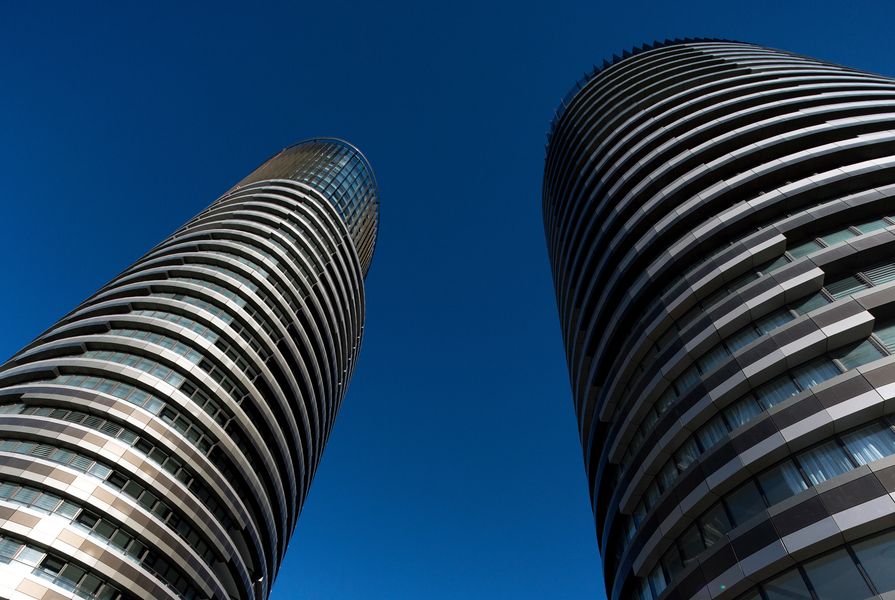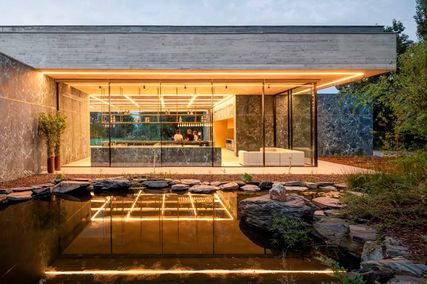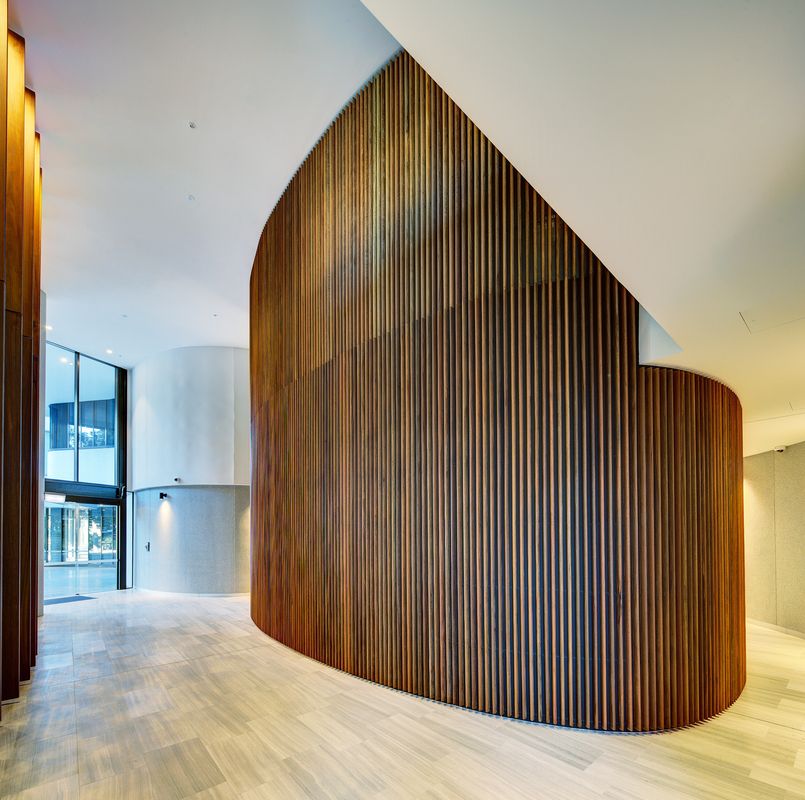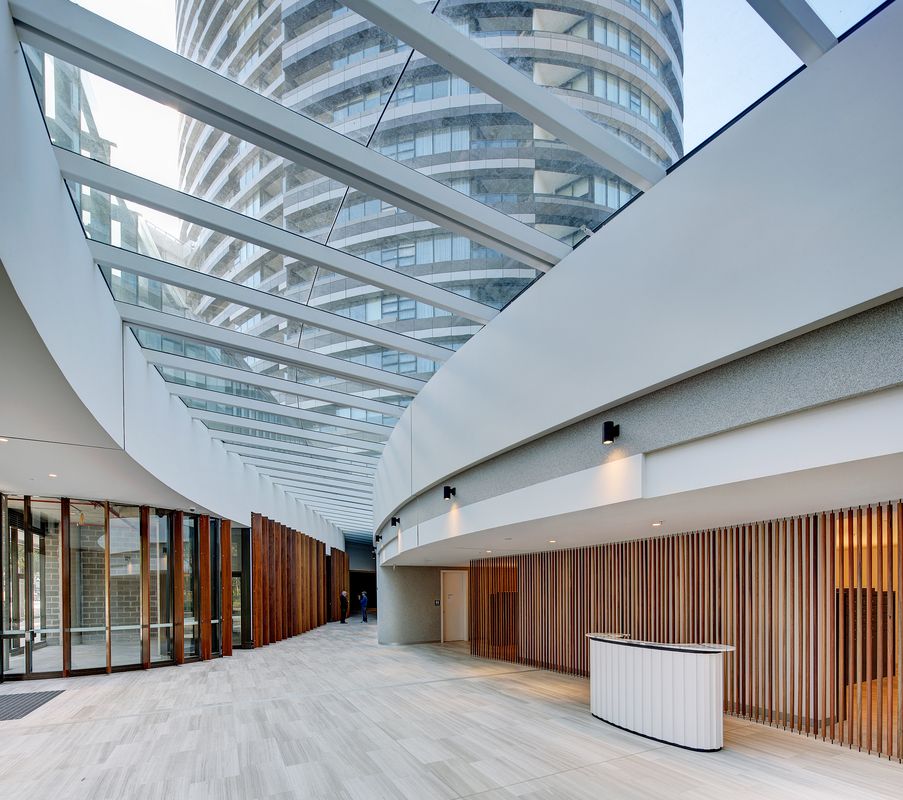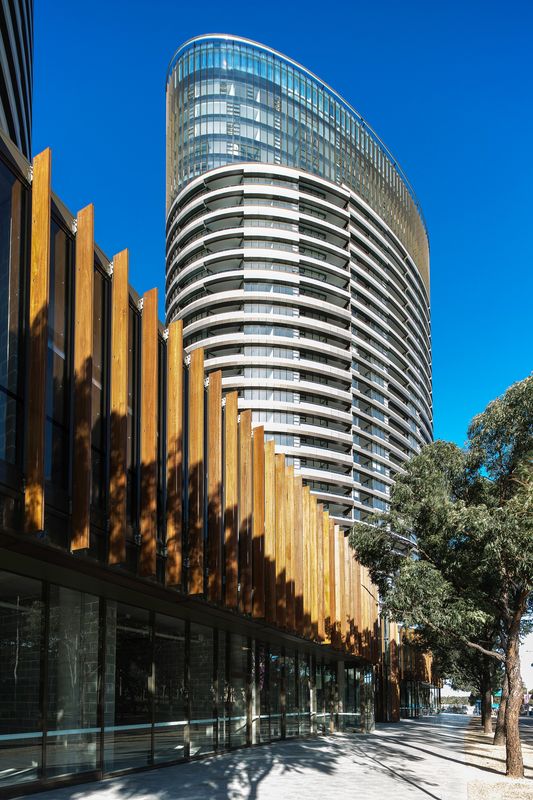In a historic high, 33,000 apartments were approved in the year to August 2015 in New South Wales. This is almost double the ten-year average of 18,000, 500 and more than the number of houses at less than 26,000.1 It is the largest number of apartments approved by any state and around one-third of the total number for Australia.2 The metropolitan skyline of Sydney is transforming, spurting trails of tall apartment buildings that snake along the railway lines.
In New South Wales the design of apartment buildings is not subject solely to the market but also to regulation. Price is driven by the federal government’s taxation policy and financial institutions’ lending and financing arrangements.3 Regulation, however, has engendered innovation in design. State Environmental Planning Policy No 65 (SEPP 65), named Design Quality of Residential Apartment Development, with its accompanying “Apartment Design Guide,” formerly the “Residential Flat Design Code,” has been central to increasing amenity for people living in apartments in Sydney for more than a decade. It provides architects with the authority to displace the marketers, financiers and constructors from the design task.
On top of this, in Sydney design competitions have supercharged the fierce pace of innovation. Architects pursue typological invention, seeking excellence in a context of efficiency and amenity.
Located close to Olympic Park Station, the towers look across Bicentennial Park to central Sydney on the horizon.
Image: Brett Boardman
Forged in competition, Bates Smart’s Australia Towers stands akimbo, two hundred metres from Olympic Park Station, and forty minutes by train from the city. It looks eastward across the verdant Bicentennial Park to central Sydney sparkling on the horizon. It is one model among several of Sydney housing types that set the standard for life in the twenty-first-century city. The approved massing plan, which had consisted of four buildings, is combined into two. This provides a more efficient and economic plan in a more generous civic setting. The alignment of Figtree Drive is extended from the west as a stub matching the existing one to the north, integrating the building more convincingly into the urban layout, with car park entries placed discreetly away from the street. This allows the creation of an unanticipated park south of the Figtree Drive alignment as the scheme’s primary civic contribution.
Vertical timber fins on the podium provide solar screening to the offices on the second floor as well as creating shelter at street level for the shops below.
Image: Brett Boardman
Australia Avenue is made civil with a two-storeyed frontispiece lined with ground-level shops and office suites above that project, with timbered mullions, to overhang and shelter the window-shoppers and passers-by below. At the southern end a lofty, double-height restaurant looks over the small park. Separate pedestrian entries at each end and a central combined entry give into a curved, zenithal-lit, double-height arcade that sits behind the shops and links the two towers’ lift cores. Lined in timber, the space is warm and quiet, a welcoming and dignified place of homecoming while also appropriate as the office foyer.
The twin elliptical towers begin above a podium garden on the third level. Shared by the residents, the landscape offers both entertaining areas and places for solitary reverie. The garden is supplemented by a rooftop common room and a terrace that look out over the metropolis – an ideal location for a party larger than one’s apartment would cater for.
The towers are not identical twins. The northern one is intersected by a rectangular prism that is like a pair to the building’s pre-existing northern neighbour and their heights vary to fit within an overall pattern visible from afar. Their smooth surfaces are striated with stepping bands of bronze panels between void and glass. These panels widen and narrow according to the need for interior privacy, outlook and shading. The bronze colour diminishes in intensity as it rises to the top, where the bands give way to fully glazed vertical mullioned lanterns. The two towers’ subtle variations add identity by individuation. At close range they are distinctive, while from afar they form a pair.
Unlike in Melbourne, where many apartments are cramped and low-ceilinged; cross-ventilation is unheard of; storage is often lacking; circulation corridors are long, airless and gloomy; sunshine in the living room is discretionary; and, too often, bedrooms have no windows, here the apartment plans are derived by fitting amenity to the site.4 The twin ellipses skew to the sun and each is split apart to foster ventilation and bring light to the interior corridors. The arrangement ensures that the majority of apartments have hours of midwinter sunshine in the living rooms and on the terraces, natural cross-ventilation and a view of the city skyscraper silhouette set above the glistening harbour. The apartments are compact and efficient in plan without feeling confined. Living rooms and most bedrooms open to balconies sized for tables and chairs.
A glazed ceiling invites you to gaze up at the two towers, which begin from a garden on the third floor.
Image: Brett Boardman
Eschewing the mindless wit of representation, Bates Smart has concentrated on making a building that presents architecture as a positive force in creating amenity for those who live here. The street and park are made to maximize neighbourhood activity and public benefit. The building is recognizable and distinctive without resorting to the scream of novelty more characteristic of advertising than architecture. The elliptical forms lessen the downdraft of wind, which is further reduced by the towers’ podium, ensuring a comfortable street environment. The forms minimize the enclosing perimeter, promoting economy, and are displaced in relation to the path of the sun and the direction of the view. Materials are warm when close at hand, such as the timber-lined foyers, and durable on the exterior. The bronzed and glass facade varies to provide internal comfort while maintaining a distinguishable overall figure. The way the colour fades, as it ascends in the harsh Sydney light, together with the curvilinear facade emphasizes the slender form.
The typological inventiveness seen here provides amenity with economy that enhances the design without compromise. The residents are given apartments with plans based on maximizing the pleasure of daily life rather than driven primarily by reductions in building costs. This is a dignified place to come home to, to invite your friends in, to meet your neighbours in the garden or on the roof, or to encounter society out in the street, park or cafe. This is a place to live and work. This is city life.
1. Over the same period prices rose by 15 percent, with forty-five thousand apartments sold. See Eliza Owen, “Sydney House Market Surges, Units in Decline,” On The House website, 7 October 2015, propertynews.onthehouse.com.au/Sydney_House_Market_Surges_Units_in_Decline#.VixIAmQrI6V (accessed 22 October 2015).
2. “Building Approvals, Australia,” Australian Bureau of Statistics website, August 2015, abs.gov.au/AUSSTATS/abs@.nsf/DetailsPage/8731.0Aug%202015?OpenDocument (accessed 22 October 2015).
3. Bill Randolph, “A Fresh Lens on Housing Unaffordability – The Problem and its Causes,” City Futures Blog, 16 June 2015, blogs.unsw.edu.au/cityfutures/blog/2015/06/a-fresh- lens-on-housing-unaffordability-the-problem-and-its-causes/ (accessed 22 October 2015).
4. See Kerstin Thompson, “Beyoncé or Barak: Is it a real choice?” ArchitectureAU website, 1 September 2015, architectureau.com/articles/beyonce-or-barak-is-it-a-real-choice/ (accessed 22 October 2015).
Credits
- Project
- Australia Towers
- Architect
- Bates Smart
Australia
- Project Team
- hilip Vivian (design director), Guy Lake (project director), Marko Damic, Edwin Chew (project leaders), Trevor Mouncey (BIM coordinator), Allan Lamb, Dan Layden, Georgia Flint, Jason Taffel, Jonathan Claridge, Matt Allen, Nikki Morley, Sylvia Vasak, Tristan Balogh, Interiors: Amelia Donald, Emily Murray, Megan Fox, Trung Ha
- Consultants
-
Accessibility consultant
Morris Goding Access Consulting
Acoustic consultant Renzo Tonin & Associates
BCA McKenzie Group
Builder Parkview Construction
Building sustainability consultant Efficient Living
Electrical engineer Haron Robson
Facade BG&E
Hydraulic and fire services engineer Wood & Grieve Engineers
Landscape architect Turf Design
Mechanical engineer Erbas & Associates
Structural engineer Bonacci Group
Traffic consultant Parking and Traffic Consultants
- Site Details
-
Location
Sydney,
NSW,
Australia
- Project Details
-
Status
Built
Completion date 2015
Category Commercial, Residential
Type Apartments, Mixed use, Multi-residential
Source
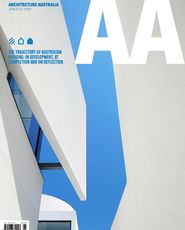
Project
Published online: 12 May 2016
Words:
Peter John Cantrill
Images:
Brett Boardman
Issue
Architecture Australia, January 2016

